10 Things To Do If You Encounter A Wolf And 5 Mistakes To Avoid

Ever wondered what you’d do if you locked eyes with a wild wolf on a hiking trail? These magnificent predators rarely attack humans, but knowing how to react could save your life.
Whether you’re an avid hiker or just enjoy wilderness camping, understanding proper wolf encounter etiquette isn’t just fascinating – it’s potentially life-saving.
1. Stay Calm And Stand Your Ground
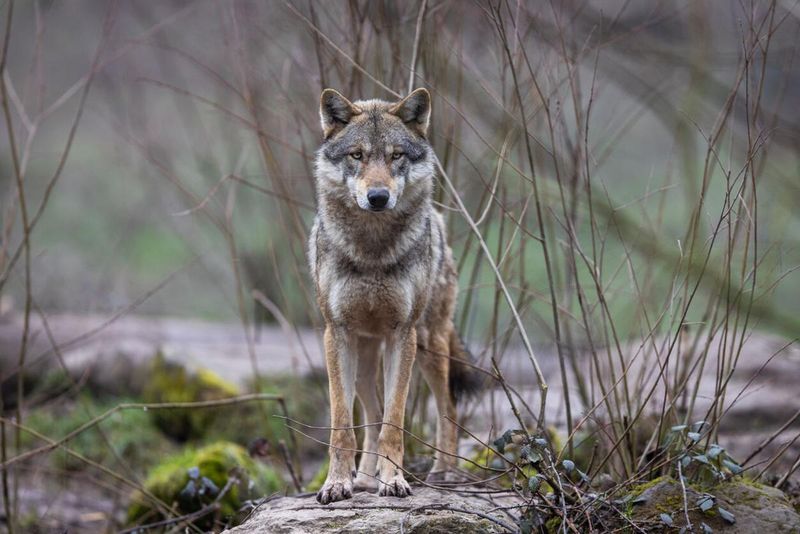
Your heart might pound like a drum, but panic is your worst enemy. Wolves can sense fear, and sudden movements might trigger their predatory instincts.
Take deep breaths and stand tall. Most wolves are naturally cautious around humans and will likely retreat once they realize you’re not prey or a threat.
2. Make Yourself Look Bigger
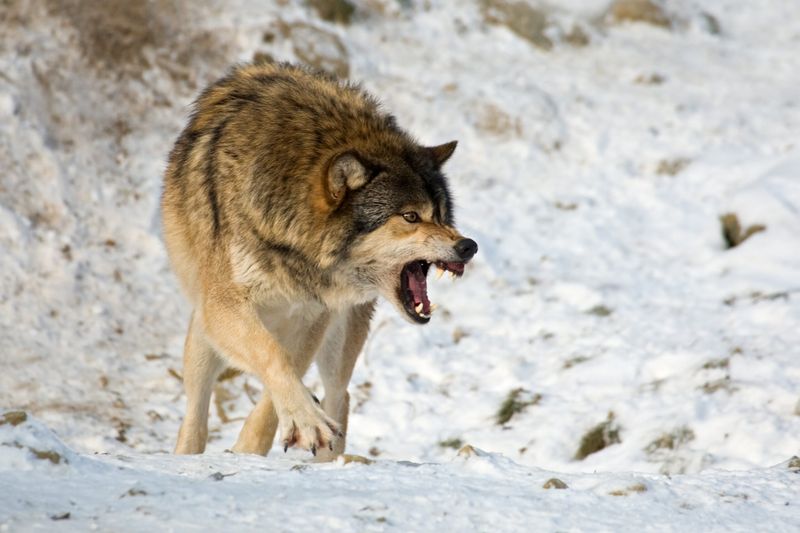
Channel your inner grizzly bear by raising your arms above your head. Unzip your jacket and hold it open wide to create an imposing silhouette.
This visual trick makes you appear more formidable to the wolf. Remember, wolves typically avoid confrontations with larger animals, so this bluff can be surprisingly effective.
3. Back Away Slowly
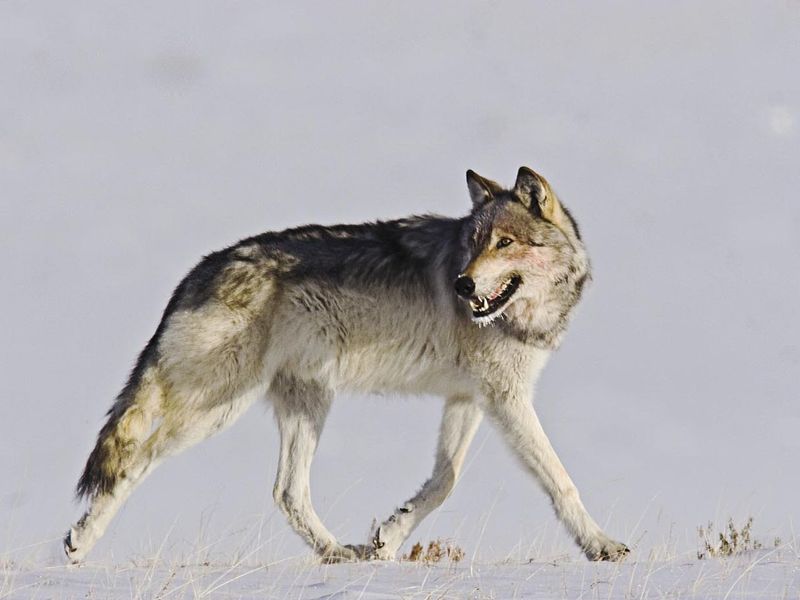
Grace is key here – no sudden movements. Face the wolf while creating distance between you, step by careful step.
Never turn your back or run, as this might activate the wolf’s chase instinct. Maintain eye contact without staring aggressively, and gradually increase the space between you until the wolf loses interest.
4. Make Noise

Wolves aren’t fans of human voices. Speak firmly (not screaming) to assert your human presence and remove any doubt that you’re just another animal.
A confident “Hey wolf, go away!” works better than you might think. Clap your hands, sing, or use noisemakers if you have them – anything that sounds distinctly human.
5. Use Deterrents If Available
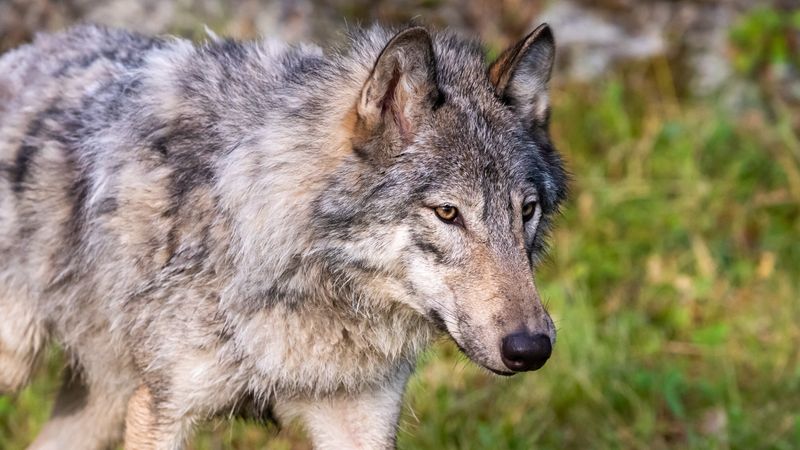
Bear spray isn’t just for bears! Carry it in wolf country and know how to use it – aim slightly downward with the canister 25-30 feet from the wolf.
No spray? Toss objects near (not at) the wolf as distractions. Walking sticks can also create a barrier or be used to appear larger.
6. Travel In Groups

Strength in numbers isn’t just a saying – it’s wolf deterrent strategy 101! Wolves rarely approach multiple humans together.
When hiking in wolf territory, buddy up. Groups appear more intimidating and create more noise naturally, which warns wolves of your presence long before an encounter even happens.
7. Watch For Warning Signs
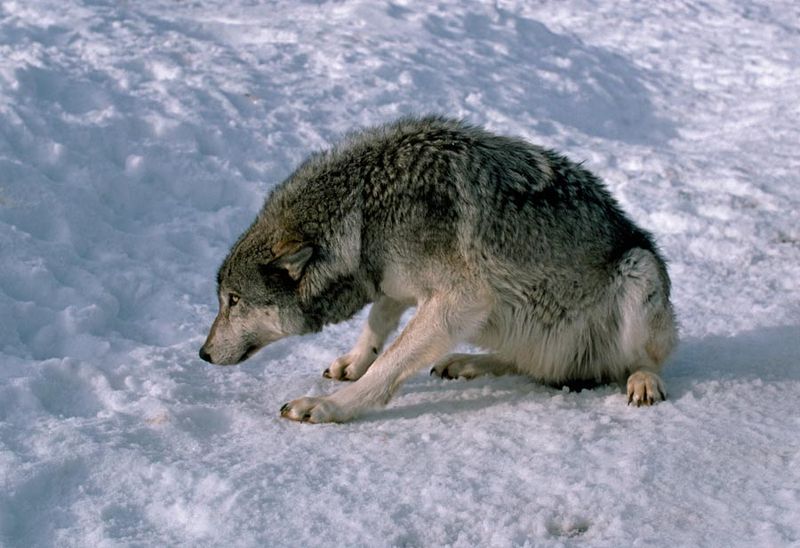
Wolf body language speaks volumes! Raised hackles, bared teeth, or a stiff-legged approach means trouble brewing.
Conversely, a wolf that tucks its tail and lowers its head is showing submission. Understanding these signals helps you gauge the situation and respond appropriately before things escalate.
8. Protect Your Pets

Fido might look like prey or competition to a wild wolf. If hiking with dogs, keep them leashed in wolf country – no exceptions!
During an encounter, position yourself between your pet and the wolf. Pick up small dogs immediately, and be prepared to defend larger ones, as wolves may view them as territorial rivals.
9. Create A Barrier
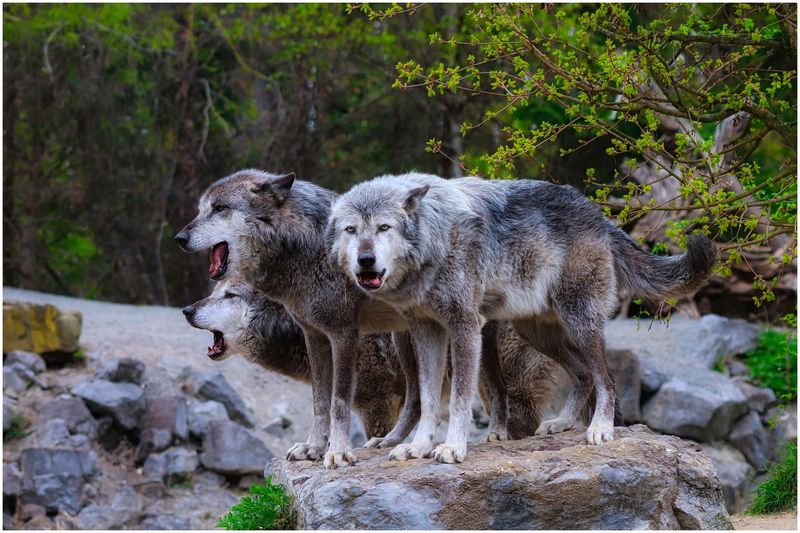
Quick thinking can save the day! Position yourself behind natural obstacles like large rocks, fallen trees, or dense brush if available.
In camping situations, retreat to your vehicle or hard-sided structure. These physical barriers discourage wolves from approaching and give you added protection while you wait for them to move on.
10. Report The Encounter
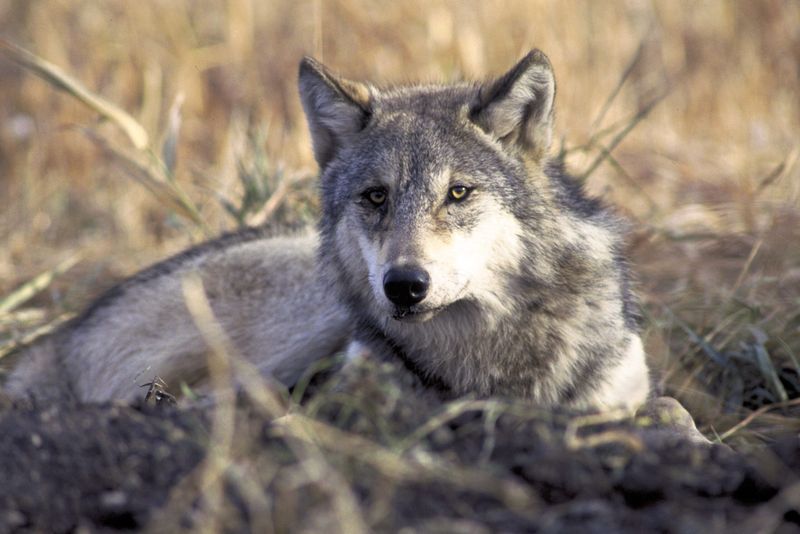
Once you’re safely away, your experience becomes valuable data! Contact local wildlife authorities to report where and when you spotted the wolf.
These reports help rangers track wolf movements and behavior patterns. They might need to investigate if a wolf shows unusual boldness around humans, which could indicate habituation or illness.
11. MISTAKE: Running Away
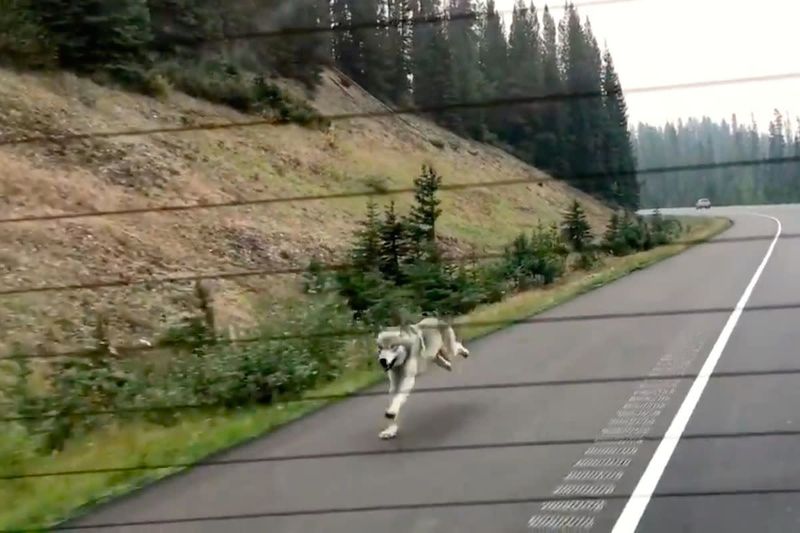
Your instincts scream “run!” but that’s exactly what triggers a wolf’s chase response. Even Olympic sprinters can’t outpace a wolf’s 35 mph top speed.
Running identifies you as prey and activates predatory instincts. Instead, stand your ground and use the techniques above – your odds improve dramatically when you don’t flee.
12. MISTAKE: Lying Still
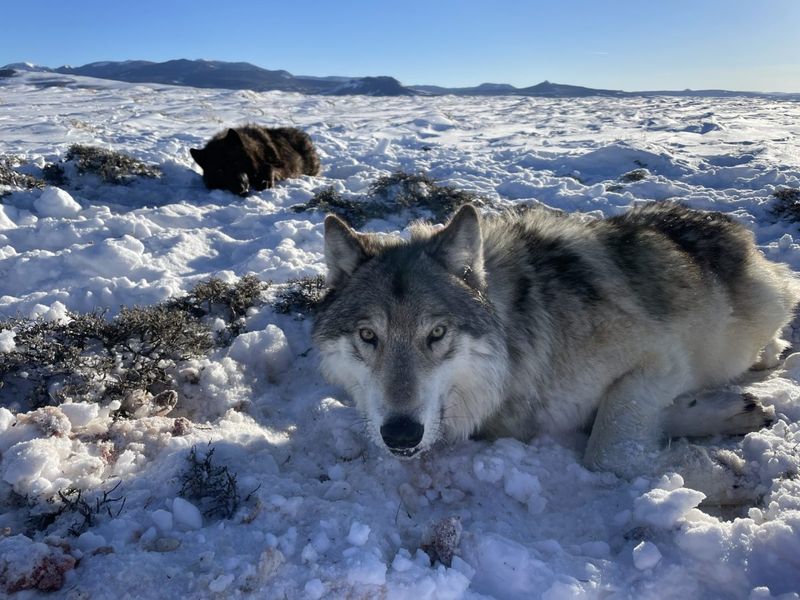
Unlike with bears, staying motionless won’t help with wolves. While this might work as a tactic with grizzlies, wolves are more likely to view it as a sign of vulnerability.
Wolves respect assertiveness, not passivity. Standing tall and making noise shows strength – lying still may signal the opposite.
13. MISTAKE: Direct Eye Contact
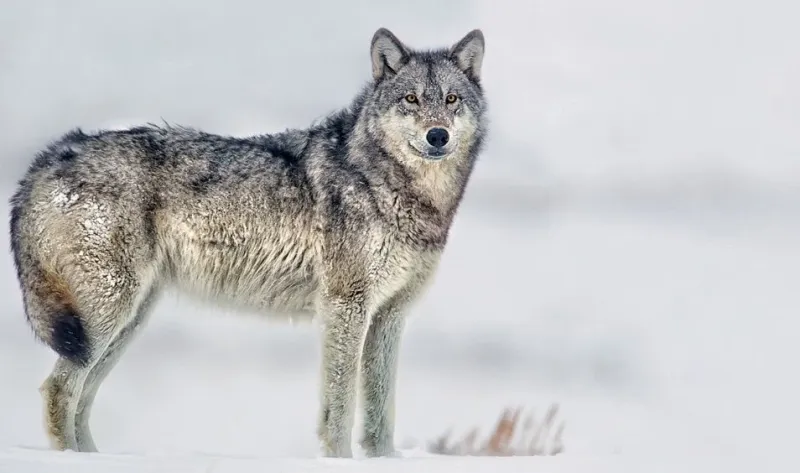
Staring contests with wolves send the wrong message. Prolonged, direct eye contact reads as a challenge in wolf language – essentially saying “bring it on!”
Instead, use peripheral vision to track the wolf while avoiding a threatening stare. This subtle difference communicates that you’re aware but not aggressive, reducing the chance of confrontation.
14. MISTAKE: Approaching Wolf Pups
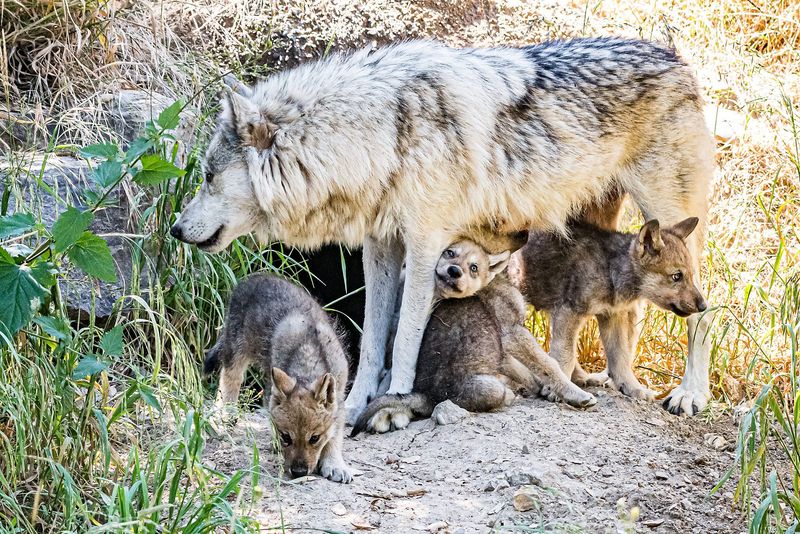
Those adorable fuzzballs might seem harmless, but mama and papa wolf definitely aren’t! Wolf parents fiercely protect their young with potentially deadly force.
If you spot wolf pups, assume protective adults are nearby even if you don’t see them. Leave the area immediately using the same precautions as any wolf encounter – just more urgently.
15. MISTAKE: Feeding Or Luring Wolves
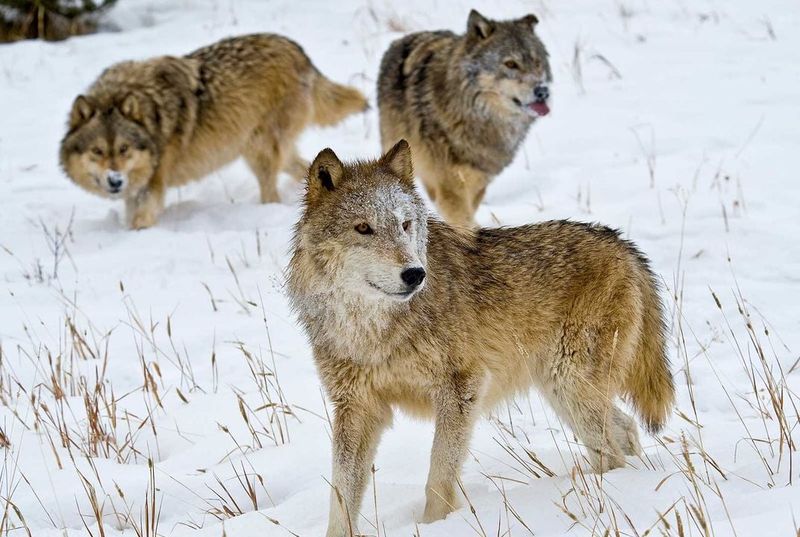
The road to a dangerous wolf starts with a single snack. Never intentionally feed wolves or leave food where they can access it.
Wolves that associate humans with food become bold and unpredictable. This habituation not only endangers people but usually ends badly for the wolf too, as problem animals often must be removed or euthanized.






